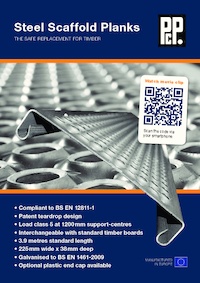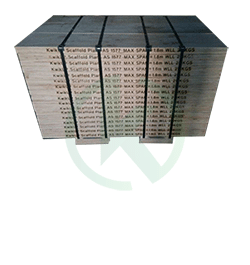

It’s always better to stay safe regarding your scaffolding needs. Plus, it offers a variety of benefits.Īs you can see, strong and reliable scaffolding will enhance safety to ensure no harm or injury to your workforce and other people while completing your construction projects. Using these can improve your overall productivity. Kennison Forest Products is North America’s most dependable source for SURE-LAM 2.1E and 2.3E LVL scaffold boards. And since these are temporary, many companies use cheaper alternatives that still need to meet OSHA’s guidelines. And there are different types of scaffolding used to provide safe and standing surfaces for the crew and their equipment. Most Common Application for Scaffolding BoardsĪs aforementioned, an LVL scaffold plank is used in construction sites. But they meet specific requirements to comply with OSHA’s guidelines. Fortunately, our LVL scaffold planks are not just ordinary wood planks for temporary use. So we know how important it is to find scaffolding wood planks that can provide security for those working in this demanding and dangerous sector. Using an LVL scaffold board is integral in the construction industry.

So you can expect an LVL scaffold plank that’s second to none. In addition, they’re made out of the best and highest quality Douglas Fir veneer. Therefore, they have passed stringent standards.

Our LVL scaffold boards are all manufactured in the United States. Suspension ropes must be shielded from heat-producing processes.Kennison Forest Products is a leading and trustworthy distributor of SURE-LAM LVL 2.1E and 2.3E scaffold planks. Suspension ropes supporting adjustable suspension scaffolds must be a diameter large enough to provide sufficient surface area for the functioning of brake and hoist mechanisms. Įmployers must replace wire rope when the following conditions exist: kinks six randomly broken wires in one rope lay or three broken wires in one strand in one lay one third of the original diameter of the outside wires is lost heat damage evidence that the secondary brake has engaged the rope and any other physical damage that impairs the function and strength of the rope. ĭrum hoists must contain no less than four wraps of the rope at the lowest point. The standard prohibits using repaired wire. Also see, OSHA Standards and Interpretation Letter: - Scaffolds: Lifelines, support lines, and suspension ropes cannot have a common anchor point. The suspension ropes must be long enough to allow the scaffold to be lowered to the level below without the rope passing through the hoist, or the end of the rope configured to prevent the end from passing through the hoist.


 0 kommentar(er)
0 kommentar(er)
